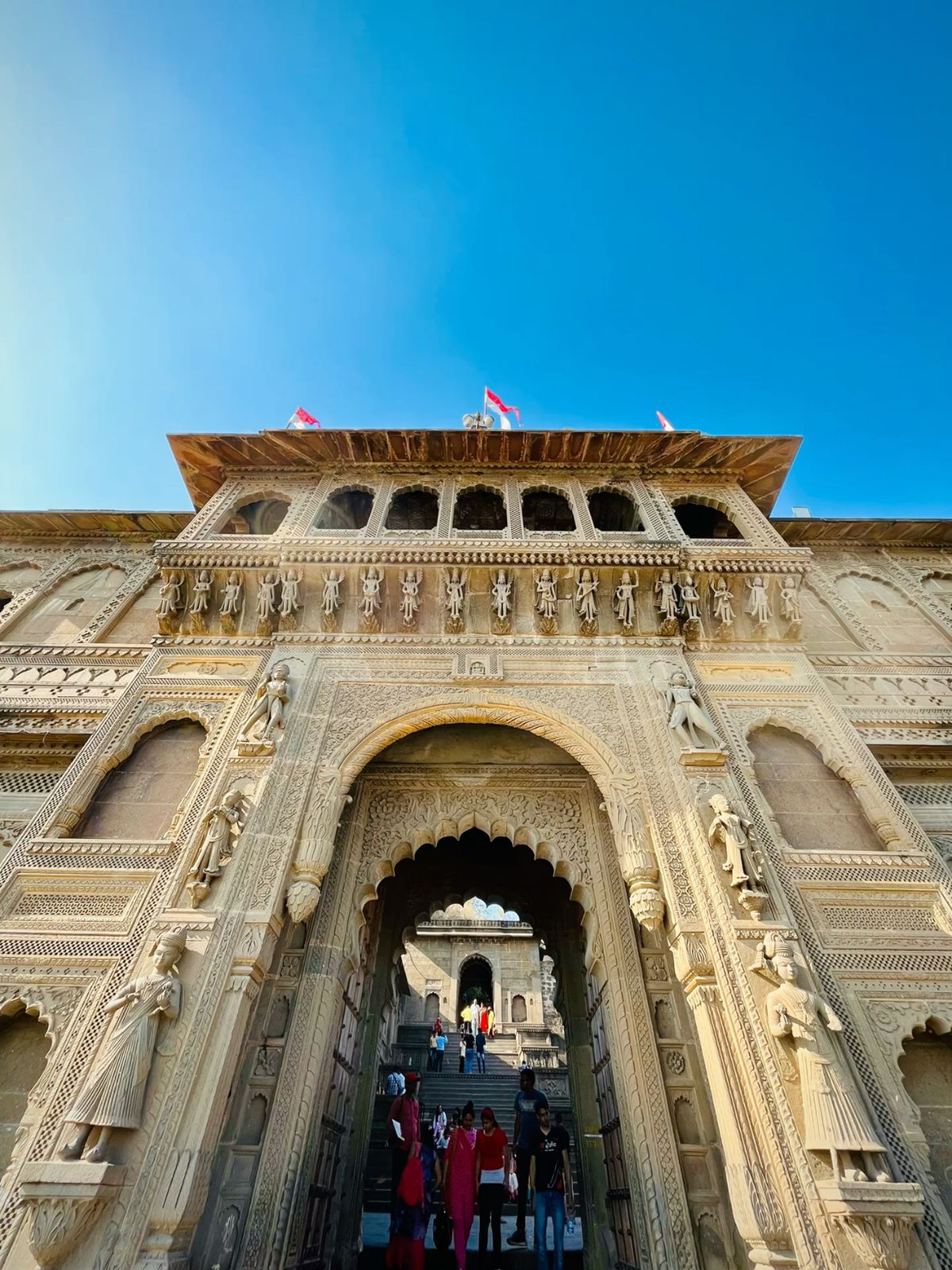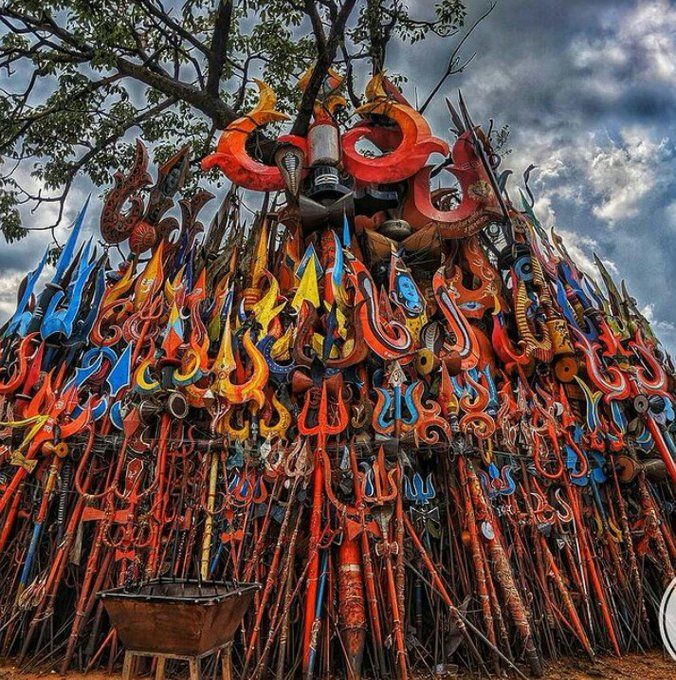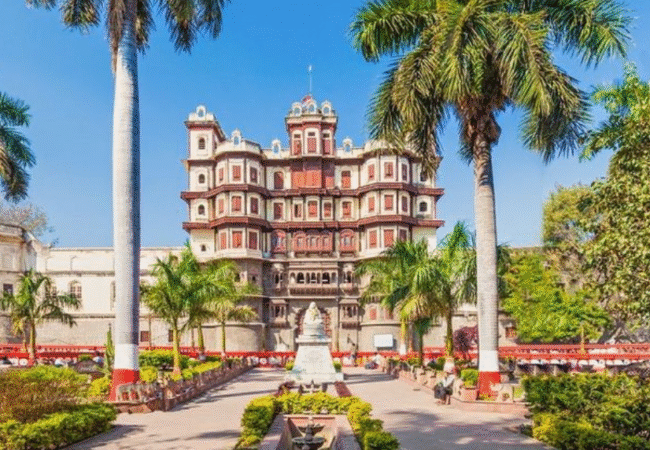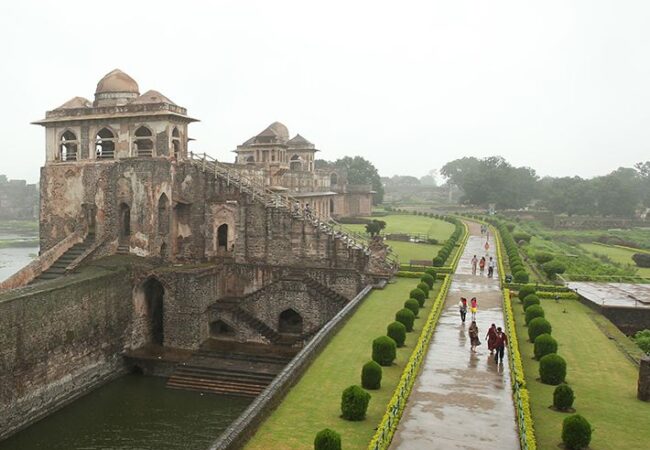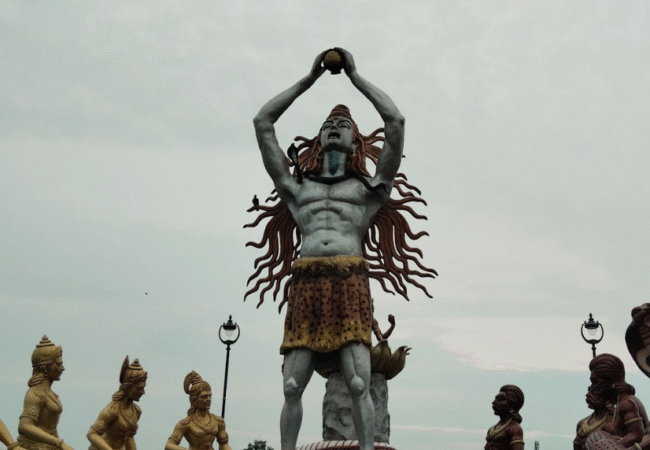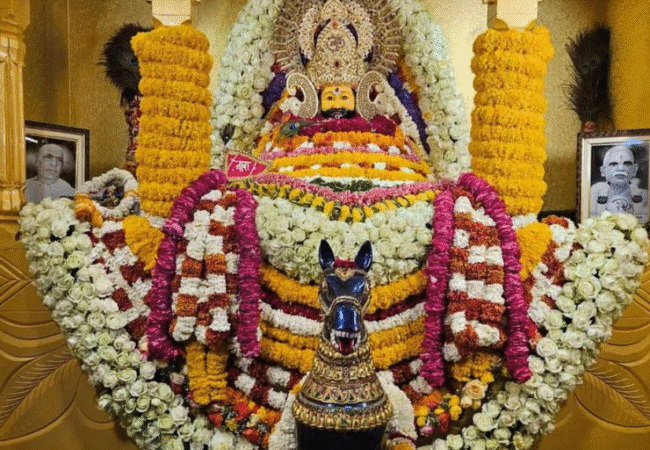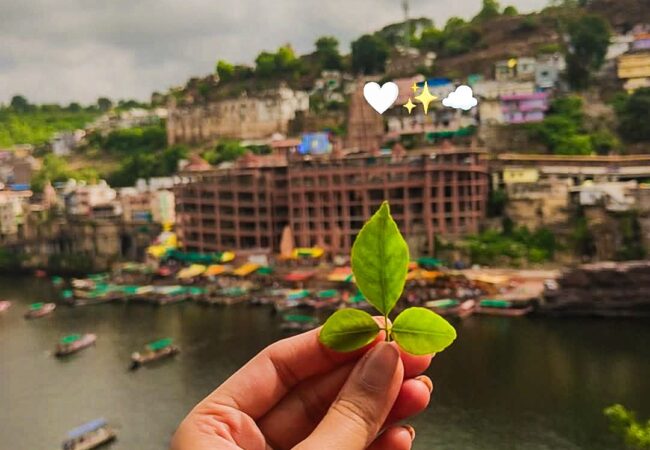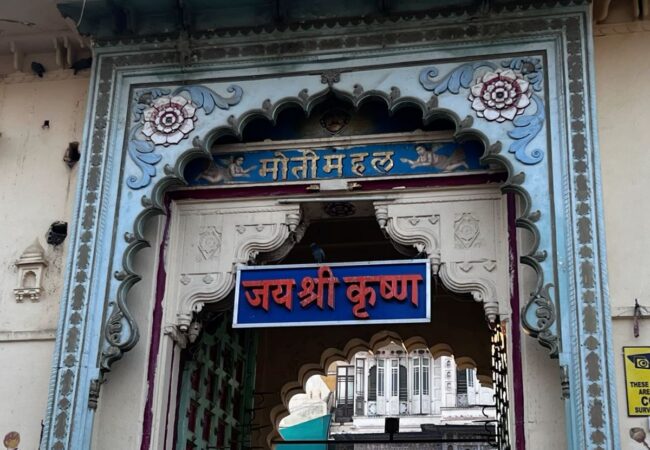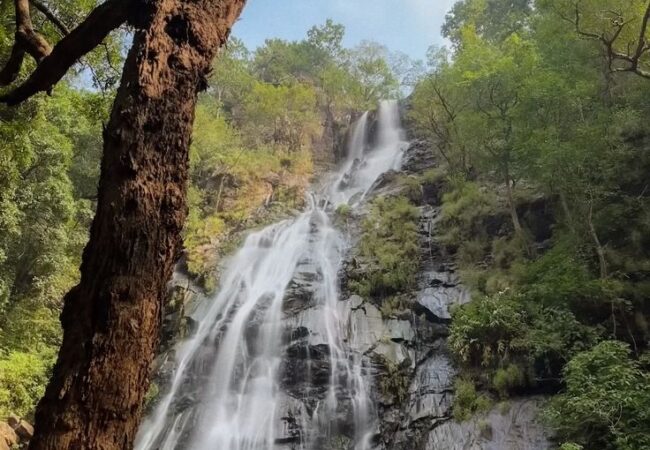
Welcome To Mandu
Mandu, often called the “City of Joy” or “Mandavgarh,” is a historic city in Madhya Pradesh that transports visitors to an era of royalty, romance, and architectural brilliance. Perched on a rocky plateau overlooking the Malwa plains, the town is a treasure trove of ancient Afghan and Malwa architecture, lush landscapes, and captivating legends. The monuments here are not just buildings; they are a canvas for a tragic love story and a testament to the region’s rich history.
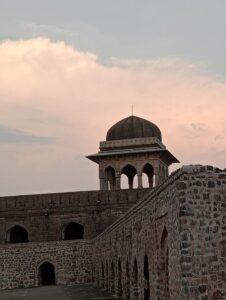
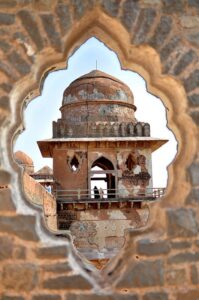
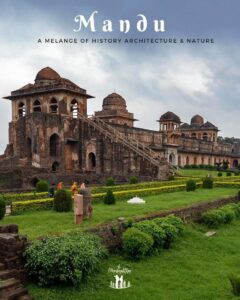
Things to do in Mandu
Architectural Marvels and Forts
-
Jahaz Mahal (Ship Palace): This is the most famous and iconic monument in Mandu. Built between two artificial lakes, Munj Talao and Kapur Talao, the palace has a unique design that makes it appear like a majestic ship floating on water. It was built by Sultan Ghiyas-ud-din Khilji to house his large harem and is a magnificent example of Malwa architecture.
-
Hindola Mahal (Swinging Palace): This audience hall gets its name from its distinctly sloping walls, which give the impression that the building is swinging. Part of the royal palace complex, it is a fine example of the simple yet impressive Malwa style of architecture.
-
Hoshang Shah’s Tomb: Considered the first marble tomb in India and believed to be the inspiration for the Taj Mahal, this beautiful tomb is a must-visit. Its intricate lattice screens and carvings showcase a remarkable blend of Indo-Islamic architecture.
-
Baz Bahadur’s Palace: This palace is steeped in the romantic legend of Sultan Baz Bahadur and his beloved Rani Roopmati. It stands on the edge of the plateau and features large courtyards and terraces.
-
Rani Roopmati’s Pavilion: Perched on a hilltop with a breathtaking view of the Narmada River, this pavilion was built for Rani Roopmati so she could gaze at the river from a distance. The views from here, especially at sunset, are spectacular.
-
Jami Masjid: Inspired by the Great Mosque of Damascus, this grand mosque is a masterpiece of Afghan architecture. Its massive courtyards, numerous domes, and intricate archways evoke a sense of grandeur and peace.
-
Ashrafi Mahal (Palace of Gold Coins): Initially built as a madrasa (Islamic school), this palace was later expanded into a victory tower. Though largely in ruins today, its scale and history are still impressive.
Nature and Legends
-
Rewa Kund: This sacred reservoir is historically linked to the love story of Baz Bahadur and Rani Roopmati. It is believed to have supplied water to Rani Roopmati’s pavilion and is a serene spot to visit.
-
Echo Point: As the name suggests, this point is famous for its distinct echo. A shout from here reverberates through the valley and is a fun activity for visitors.
-
Sunset Point: Mandu’s geographical location provides some of the most stunning sunset views. Sunset Point is a popular spot to watch the sky turn into a canvas of colors.
Other Activities
-
Explore the Fort Gates: The Mandu Fort complex is one of the largest in India, with numerous gateways or “Darwazas” that you will pass through. Each gate has its own history and architectural style.
-
Sound and Light Show: The monuments of Mandu come to life in the evening with a captivating sound and light show that narrates the history and legends of the city.
-
Local Cuisine: Don’t forget to try the local Malwa cuisine. A traditional “Dal Paniya” is a must-try.

